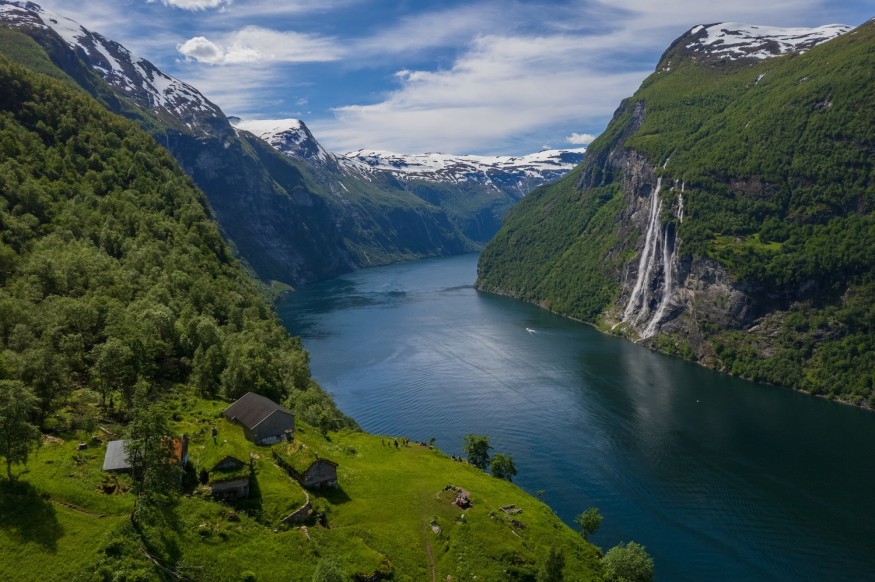Dirty cruise ships will be banned from entering Norway's fjords starting in 2026. The move is meant to protect the European nation's unique natural environment, according to reports.
This comes after the Norwegian government determined that fuel emissions from these vessels are detrimental to the health of both the fjords and the people who live near them.
Norwegian lawmakers have decided to protect the country's fjords by halting marine diesel oil and mass tourism from damaging the climate surrounding the natural structures. However, local authorities will still allow ships that are powered by alternative fuels to visit its fjords. This means that vessels using conventional, climate-damaging fuel like diesel will be included in the ban.
Norway Dirty Cruise Ship Ban

Norway welcomes several millions of foreign travelers each year. Approximately 1 million of these individuals embark cruise ships to see the country's west fjords.
In the Geiranger Fjord (Geirangerfjord) area, it is reported to receive 815,000 visitors, including 315,000 cruise ship passengers, according to the Norwegian Centre for Transport Research's Institute of Transport Economics.
For years, some tourist-carrying cruise ships visiting the Norwegian fjords are burning marine diesel oil, which have been found to damage the ecosystem surrounding the colossal natural wonders.
Due to the ecological and environmental threat, the Norway dirty cruise ship ban aims to halt the polluting vessels. However, local livelihood that relies on tourism is reportedly at stake due to the ban since most cruise ships rely on fuel oil, instead of harnessing alternative green energy.
In a statement reported on January 4, Espen Barth Eide, Norway's foreign minister and former environment minister, stated that cruise ships are responsible for polluting Norwegian fjords. It is for this reason that all parties in the Norwegian Parliament voted for a zero-emission policy.
Norway Fjords
Created by glaciers, a fjord is a long, narrow, and deep sea inlet or lake drain. It consists of steep land or cliffs on its sides. The often-shallow opening connected to the sea is called the mouth of the fjord. This natural physical geography can be found among the beautiful Norway fjords.
Aside from Norway, fjords are primarily found in Antarctica and the Arctic region, particularly in countries like New Zealand, Chile, Canada, Greenland, and the US state of Alaska. Fjords may seem to be well-crafted but they were formed by giant glacier tongues that passed through several ice ages and were responsible for shaping the landscape.
Although Norway fjords or similar structures have stood the test of time, modern anthropogenic emissions of fuel and greenhouse gases pose a threat to these structures.
In the case of Norway, the dirty cruise ship ban will ensure the protection of the fjords. Yet, various reports suggest it could damage the tourism industry concerning the visiting of fjords and purchase of products related to them.
© 2025 NatureWorldNews.com All rights reserved. Do not reproduce without permission.

